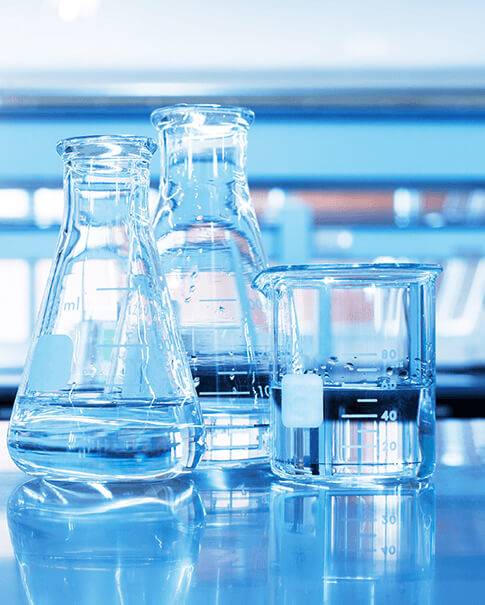
Ionicity of Polyacrylamide
Dec 05, 2023Polyacrylamide is a synthetic polymer composed of acrylamide monomers. Depending on the manufacturing process and intended use, polyacrylamide can vary in its properties, including the degree of hydrolysis and ionicity.
The degree of hydrolysis refers to the extent to which the acrylamide monomers are hydrolyzed, or converted into their corresponding carboxylate form. This hydrolysis process introduces negative charges along the polymer chain. The degree of hydrolysis is typically expressed as a percentage, representing the ratio of carboxylate groups to the total number of repeat units in the polymer.
The degree of hydrolysis significantly affects the ionic character of polyacrylamide. A higher degree of hydrolysis results in a higher density of negative charges along the polymer chain, increasing its ionic character. Polyacrylamide with a high degree of hydrolysis is often referred to as partially hydrolyzed polyacrylamide (PHPA) and exhibits anionic properties. On the other hand, polyacrylamide with a low degree of hydrolysis is called nonionic polyacrylamide and does not have significant ionic character.
By adjusting the degree of hydrolysis, polyacrylamide can be tailored to specific applications. Anionic polyacrylamide is commonly used as a flocculant, thickening agent, or dispersant in various industries such as wastewater treatment, mining, and papermaking. Nonionic polyacrylamide is often used as a friction reducer, lubricant, or soil conditioner.
When using polyacrylamide, it is important to consider the appropriate precautions to ensure safe handling and use. These precautions may include the following:
1. Personal protective equipment: Wear suitable protective clothing, gloves, goggles, and a mask to minimize exposure to polyacrylamide.
2. Storage: Store polyacrylamide in a cool, dry place away from direct sunlight, heat, and incompatible substances.
3. Handling: Follow good handling practices and avoid creating dust or aerosols. Minimize skin contact and inhalation of polyacrylamide particles or solutions.
4. Spill management: In case of spills or leaks, prevent the substance from spreading and take appropriate measures for containment, cleanup, and disposal according to local regulations.
5. Waste disposal: Dispose of polyacrylamide waste in accordance with local regulations and guidelines. Avoid releasing it into the environment.
6. Safety data sheets: Obtain and review the safety data sheet (SDS) provided by the manufacturer for detailed information on hazards, handling, storage, and emergency procedures related to the specific polyacrylamide product.
Always refer to the specific product information and consult professional guidance to ensure safe and appropriate use of polyacrylamide for your intended application.